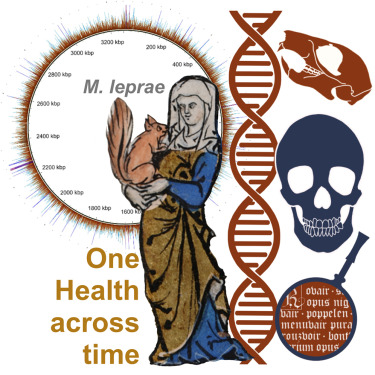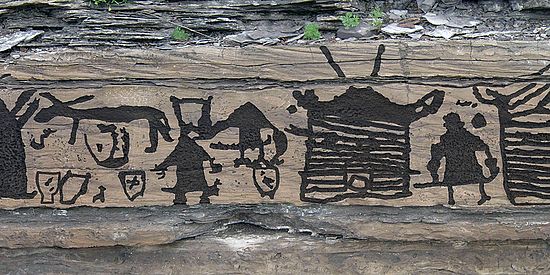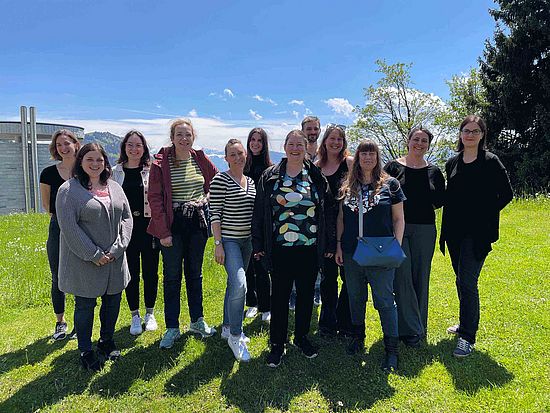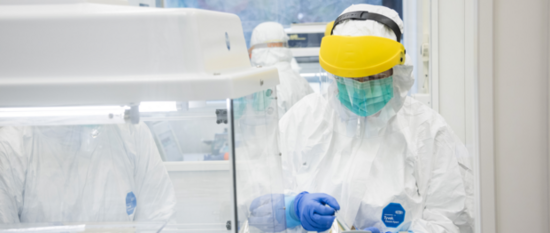
Natural science archaeology
Research Group Natural Science Archaeology / FG Schünemann
Prof. Dr. Dr. Verena Schünemann
The Natural History Archaeology research group focuses on the evolutionary process of human health and is particularly interested in the evolution of pathogens and microbiomes over time.
To better understand how humans have adapted to changes in the environment, diet and the evolution of pathogens, we study DNA from a diverse range of ancient, historical and modern samples. To obtain DNA, we use state-of-the-art techniques developed for staff working with ancient DNA, in combination with next-generation sequencing (NGS). Our main goal is to gain new insights into the interactions between host and pathogen in the past and to retrace the evolutionary history of pathogens. Using the genomes of old pathogens obtained from ancient DNA, we can identify the pathogens of past pandemics and contribute to the understanding of the origin and evolutionary history of major human infectious diseases such as leprosy or syphilis.
- Analysis of medieval lepragenomas
- Origins of diseases caused by the human pathogen Treponema pallidum
- RESERVOIR
1. Analysis of medieval lepragenomas
Summary of the research project
Leprosy is one of the oldest and most stigmatized diseases in human history. Widespread in medieval Europe, the incidence of leprosy declined in the 16th century until the disease disappeared almost completely from Europe. Today, the WHO registers over 200,000 new leprosy infections worldwide every year. The origins of leprosy and how the disease spread in the past are still unclear. By analyzing ancient DNA and "next generation sequencing", we are investigating the diversity and spread of the leprosy pathogen Mycobacterium leprae in order to expand our knowledge of the evolutionary history of leprosy.
2. Origins of diseases caused by the human pathogen Treponema pallidum
Summary of the research project
Diseases caused by pathogens of the human pathogen Treponema pallidum are widespread worldwide. Syphilis in particular is becoming increasingly common again. However, the origins of these diseases are still unknown and highly controversial. In this project, we are working on ancient and modern Treponema pallidum samples to uncover and analyze the past and present diversity of subspecies belonging to the bacterium Treponema pallidum.
3. RESERVOIR - "RevealingEvolutionarySystemsbehind EpidemicReservoirsof Infectious, Re-emergingdiseases"
Summary of the research project
The project combines paleogenetic methods with historical, archaeozoological and osteoarchaeological analyses. Statistical methods and models will be used to reconstruct and investigate the spread and behavior of pathogens. The project focuses on pathogens that frequently infected human populations in the past and led to increased deaths, and which are reappearing today. By focusing on rodents that have lived and continue to live in close contact with human societies, RESERVOIR is using a little-studied source of information to investigate host-pathogen dynamics. By studying animal disease carriers, transmission pathways within an epidemic can be identified and linked to the adaptive strategies that infectious agents developed over time. In addition, the RESERVOIR project also takes into account socio-economic and cultural aspects of modern and ancient populations in order to gain a comprehensive overview of the circumstances that favor the emergence of an epidemic in the past and today.
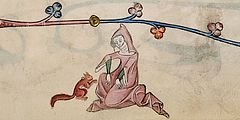
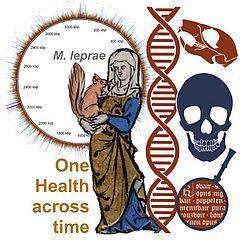
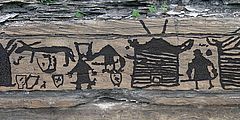
Mitarbeitende
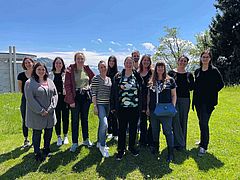
RESERVOIR - "RevealingEvolutionarySystemsbehind EpidemicReservoirsof Infectious, Re-emergingdiseases"
Summary of the research project
The project combines paleogenetic methods with historical, archaeozoological and osteoarchaeological analyses. Statistical methods and models will be used to reconstruct and investigate the spread and behavior of pathogens. The project focuses on pathogens that frequently infected human populations in the past and led to increased deaths, and which are reappearing today. By focusing on rodents that have lived and continue to live in close contact with human societies, RESERVOIR is using a little-studied source of information to investigate host-pathogen dynamics. By studying animal disease carriers, transmission routes within an epidemic can be identified and linked to the adaptive strategies that the infectious agents developed over time. In addition, the RESERVOIR project also takes into account socio-economic and cultural aspects of modern and ancient populations in order to gain a comprehensive overview of the circumstances that favor the emergence of an epidemic in the past and today.
Quick Links
Social Media


